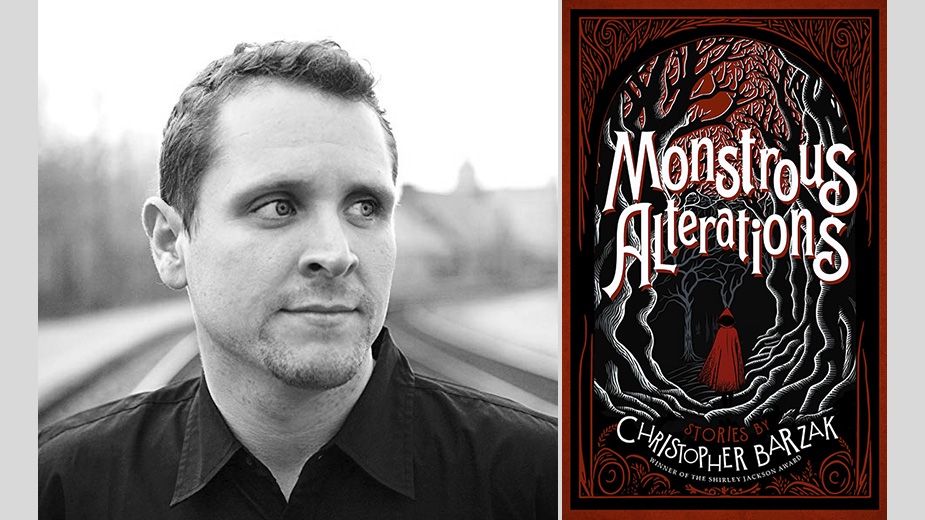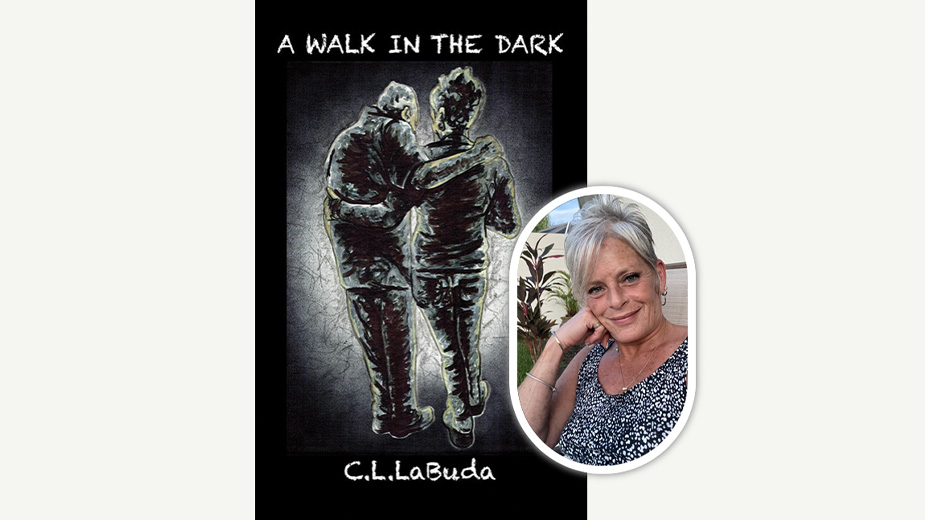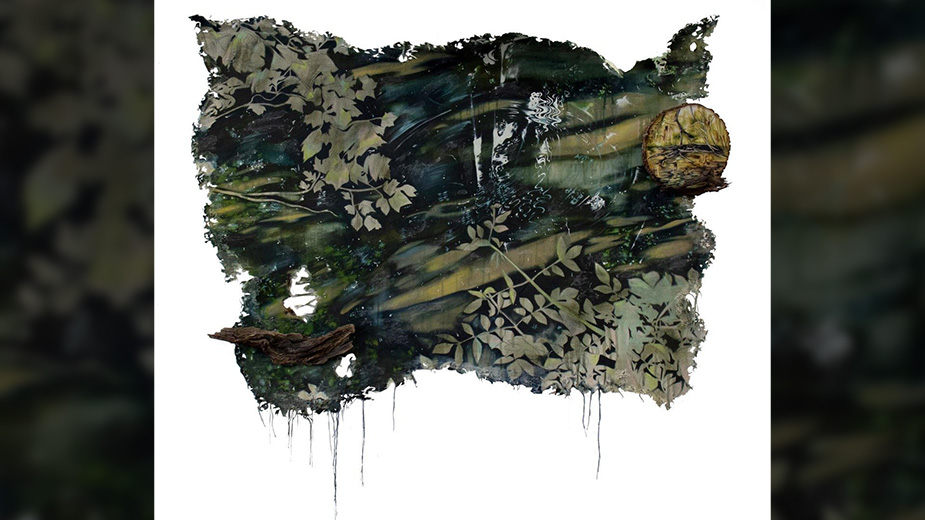Barzak’s Short Stories Take Fresh Look at Classics
YOUNGSTOWN, Ohio – As a writing exercise, Christopher Barzak likes to reimagine, and then rewrite, classic tales and dark literature.
The Youngstown-based novelist will take a fresh approach – such as writing it from another character’s point of view – in retelling the original as a short story.
Over the years, Barzak has amassed quite a few of these revisions – each a new exploration of a well-known mystery, horror or fantasy novel, or a Grimm’s fairy tale.
Now, the professor of English and world languages at Youngstown State University has compiled 10 of them into a new book. “Monstrous Alterations: Stories by Christopher Barzak” (Lethe Press, 202 pages) will be published Sept. 8.
Barzak became interested in revisionist adaptation of fiction tales about 10 years ago.
“It’s a long literary tradition to reimagine the work of others, to make it new, to carry stories from past to future and make them feel fresh,” he says. “But it’s not the kind of writing I was doing for a long time. For the majority of my life as a writer, I had been originating my own stories. But I always give myself writing exercises between projects. This was a side project for many years.”
The retellings serve as a mental “palate cleanser,” Barzak says, that keep his creativity sharp while working on a long-form novel. Fresh ideas sometimes spring from these retellings, he says.
Even though his revisionist tales were “a dalliance,” the exercise took on a life of its own.
Barzak had several selected for publication in literary magazines and they received positive feedback from readers.
“After I did a few, I saw that it was fun, and I thought, ‘Maybe one day I will have enough for a collection,’” he says.
As a writing exercise, the short stories proved valuable.
“I learned a lot that I could do as a writer that I would not have uncovered had I not tried to pursue these stories as revisions and retellings,” Barzak says. “They operate different parts of the imagination.”
Barzak wrote most of the short stories in his upcoming book while working on his novels and other books, which include “The Love We Share Without Knowing” (2008), “Wonders of the Invisible World” (2015), and “The Gone Away Place.”
His first novel, “One for Sorrow” (2007), was adapted into the 2014 film “Jamie Marks Is Dead,” which was accepted by the Sundance Film Festival.
Barzak also published “Before and Afterlives,” a collection of short stories, in 2013.
How It’s Done
Retelling another author’s story is far different than writing one of his own, Barzak says.
“I have to respect the source material, while finding a new angle,” he says. “I have to find my way into the story and then make it my own, in a way that’s more relevant to a modern audience.”
There are several distinct ways to retell a story and Barzak utilizes them all. He will shift the emphasis, the perspective, or the time and place. Some retellings alter several aspects of the original, while others change almost everything while keeping the basic storyline.
In “The Trampling,” a takeoff on “The Strange Case of Dr. Jekkyl and Mr. Hyde,” Barzak isolates one scene from the source material and expounds upon it.
In “Invisible Men,” which derives from “The Invisible Man,” the story is seen through the eyes of a minor character.
Other classic tales that are put through Barzak’s retelling machine in various ways include “Peter Pan in Kensington Gardens,” “The Wonderful Wizard of Oz” and “The Curious Case of Benjamin Button.”
All of Barzak’s retellings have a foreboding tone or a sense of the supernatural, which is rooted in the source material. The artwork that embellishes the pages of “Monstrous Alterations” resembles woodcuts and further drives home the tone.
Barzak has always gravitated toward such stories and writers and keeps their styles intract.
When necessary, he researched the vernacular of a story’s setting and used it in the dialog. It not only lends authenticity but a greater understanding of a particular time and place.
Grimm’s fairy tales in particular are dark stories that emanate from fear and can feel like a disturbing dream.
This can come as a shock to some readers, Barzak says.
“A lot of people have their own idea of a fairy tale,” he says. “It’s often what Disney provided, but that’s not their origins. They are metaphorically about dark things. ‘Hansel and Gretel’ is not just about two kids getting kicked out of the house by their stepmother. It’s a cautionary tale from a time when Germany was going through a famine.”
Scholarly Approach
In “Monstrous Alterations,” Barzak bookends his 10 short stories with personal essays that guide the reader.
In the introduction, he explains what he has done, and also why – and how – he did it.
A chapter of story notes, in which Barzak delves into his own personal history with each source story, closes the book.
It’s a scholarly approach that Barzak says is common to the genre of speculative fiction – stories that have elements that are based on conjecture and do not exist in the real world.
Will he use “Monstrous Alterations” as an instruction manual in teaching one of his own classes at YSU?
“It could be used in a classroom setting as a writing manual but I don’t have plans to do that at the moment,” Barzak says. Such usage would only be appropriate if it was a creative writing class and being taught by another instructor, he says.
“I wouldn’t want to be the professor of that class because then the author would be in the room,” he says, explaining that his presence could interfere with the students’ learning process.
To preorder a copy of “Monstrous Alterations,” go to christopherbarzak.com.
Copyright 2024 The Business Journal, Youngstown, Ohio.



